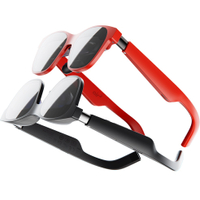XREAL's new AR glasses work with your Windows PC, and finally look like real sunglasses — preorders go live to all
XREAL's newest AR hardware have better displays, and are thinner and lighter than before.
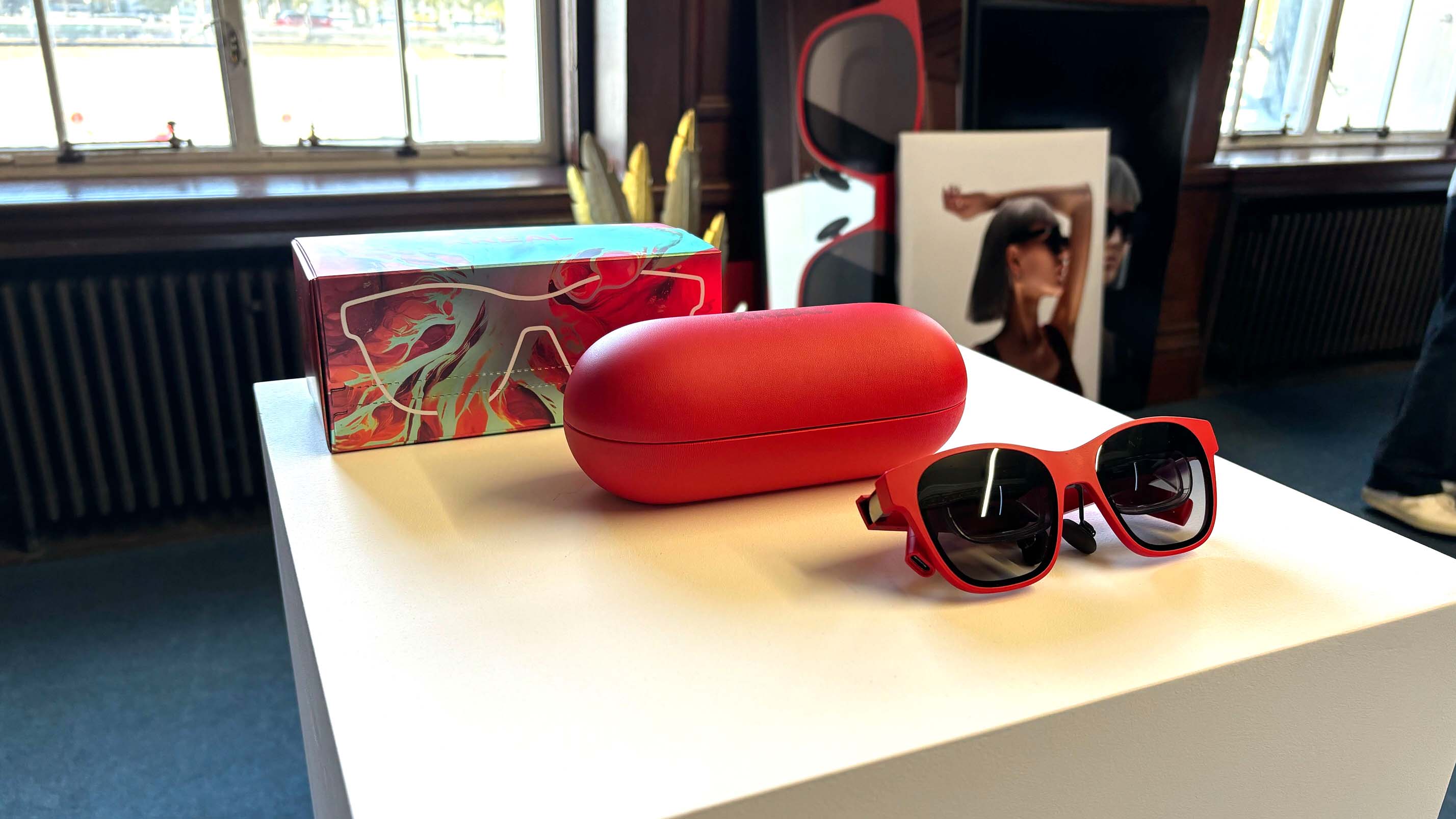
What you need to know
- XREAL is launching the Air 2 and Air 2 Pro AR glasses today.
- Both wearables feature 1080p Micro-OLED displays and a slim form factor.
- They are available to pre-order now from $399, and ship next month.
XREAL is today launching a second generation set of consumer augmented reality (AR) glasses that are designed to be thinner and lighter with better displays and features. In fact, XREAL is launching two new products today, the XREAL Air 2's and Air 2 Pro's, which feature similar designs, but with advanced features specific to the Pro version.
We'll start with the XREAL Air 2, which now features brand new Micro-OLED displays, the first of its kind from display maker Sony. These displays are higher resolution, with support for up to 1080p content at 120Hz. Additionally, the screens are brighter than before, meaning they can be used outdoors, and also offer better color and contrast levels.
Price: $399
Weight: 72g (75g Pro)
Thickness: 19mm (19.2mm Pro)
Displays: 0.55 micro-OLED 1080p
Refresh Rate: 120Hz
FOV: 46-degrees
PPI: 4032
Brightness: 500 nits
Cable: USB-C
The XREAL Air 2 Pro's feature the same displays, but with the added capability of electrochromic dimming which enables the ability to dim the exterior glass for better immersion of the AR content on display. This is excellent for when you're watching a movie in a bright room, and want to focus only on the movie.
Both wearables feature similar lightweight designs, which are discreet and can almost be passed off as a pair of normal sunglasses. XREAL is also selling reusable sticker accessories that can be used to customize the front of the glasses, which add a level of personalization that wasn't available on the first-gen.
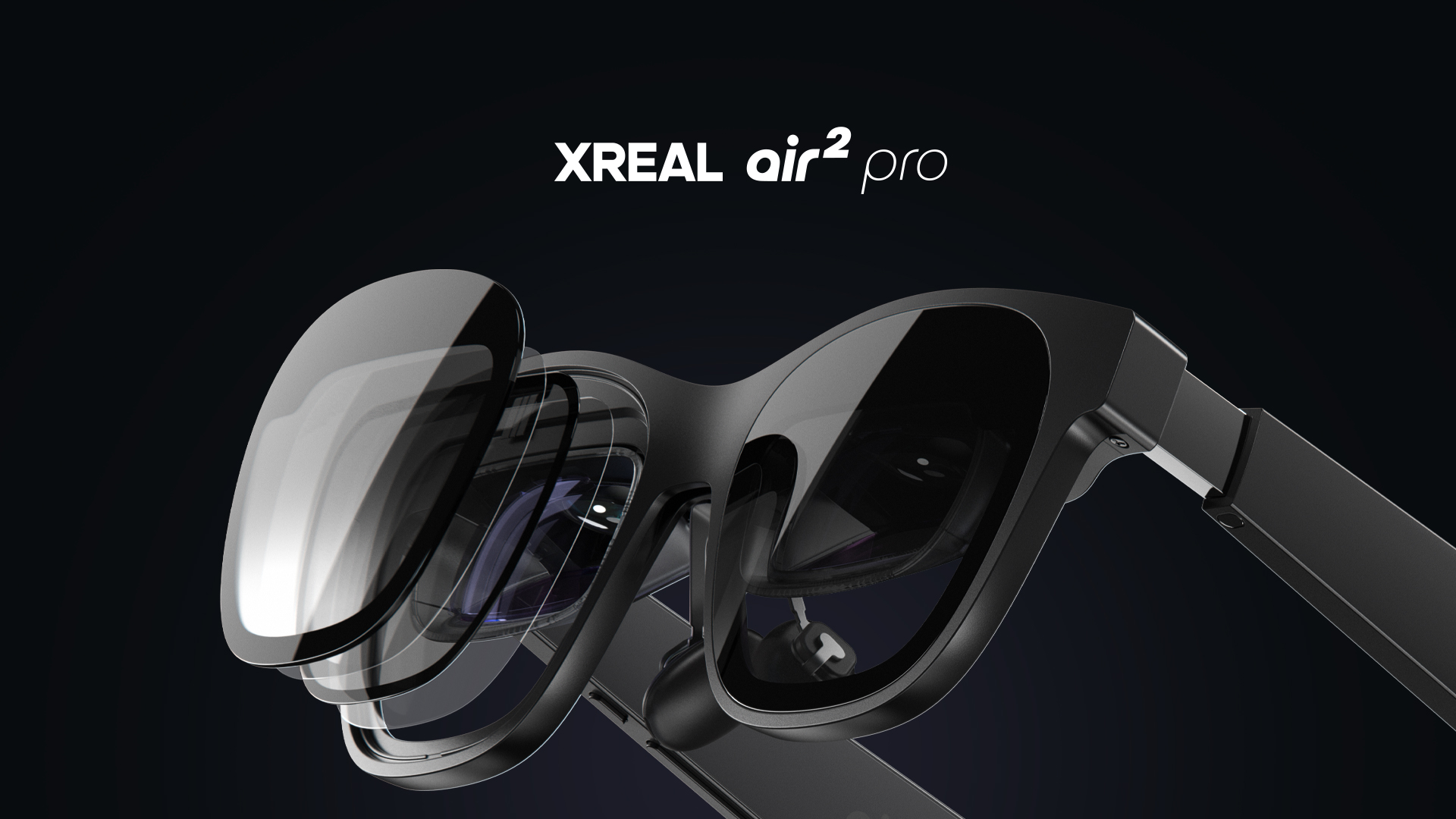
XREAL will also sell prescription lens adapters for those who wear glasses, which will make seeing the new Micro-OLED displays much easier. Both wearables come in either grey or red colorways.
Both devices support Mac, Android, and Windows (though the Windows app is still in beta) which enables additional functionality such as virtual desktops. The app is called Nebula, and enables more rich and immersive experiences. The glasses are wired, and use USB-C for connectivity.
A big change for XREAL with this new generation of wearables is that they're launching in more markets for the first time. In addition to the US, XREAL Air 2 and Air 2 Pro will also be available in the United Kingdom and some European markets, with a starting price of $399 in the US, £399 in the UK and €459 in Europe.
Get the Windows Central Newsletter
All the latest news, reviews, and guides for Windows and Xbox diehards.
XREAL Air 2 and Air 2 Pro are available for pre-order now, and are expected to start shipping in November.
XREAL Air 2 / Air 2 Pro | From $399 at XREAL
The new XREAL Air 2 and Air 2 Pro feature new micro-OLED displays from Sony, 1080p resolution, up to 120Hz refresh rate, all in a thinner and lighter package.
XREAL Air 2 Pro first impressions

I've been using the XREAL Air 2 Pro's over the last two weeks, and I must say I'm very impressed with how these look, feel, and function when in use. They are incredibly light, and really do look like a pair of normal sunglasses, albeit slightly bulky ones. They're much thinner than any other AR headset I've worn to date, including the HoloLens 2 and Meta Quest Pro.
The Air 2 Pro's are true AR glasses, not like the Meta Quest Pro or upcoming Apple Vision Pro, which are VR headsets with AR capabilities. The Air 2's are true AR, meaning the pane of glass you view content on is translucent, capable of viewing the real world through it. This means all the content you watch is placed on top of the environment around you.
Now, there are no external cameras on these glasses, meaning there's no hand tracking. Everything is controlled with your phone or PC, which means you can't control elements just by grabbing them. The glasses work best as an external screen for watching content or virtual desktop mode, which when connected to a PC or Mac adds up to two additional 1080p displays on either side of your main one.
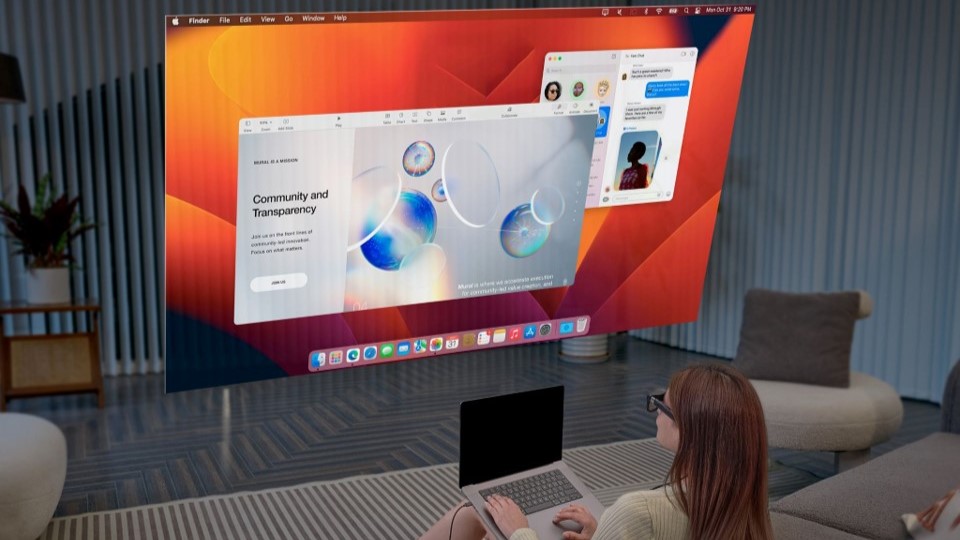
Watching movies on these is great, with the ability to adjust the size of the virtual screen up to 330-inches. This works in conjunction with the BEAM accessory, which is sold separately but lets you control aspects of the virtual displays, such as how close or far away it is and whether the screen is following you or fixed in place.
The glasses also have built in speakers, which sound surprisingly good considering they don't sit directly in your ear. They use a directional design to send the sound into your ear canal, and they get plenty loud without "bleeding" too much into other people's hearing space.
The electrochromic dimming capabilities on the Air 2 Pro's really is great, and is very effective. The darkest level still lets in a tiny bit of light, but only if you're focusing on what's behind your AR content. When watching a movie, the darkest mode is more than enough to remove any environmental distractions.
That said, if you do wish to make it even dimmer, the Air 2 Pro's come with a view shield which you can snap onto the front of the glasses to completly block out your environment.
We'll be doing a full review of the XREAL Air 2 Pro's over the coming weeks, so stay tuned to Windows Central for that.
Interview with XREAL
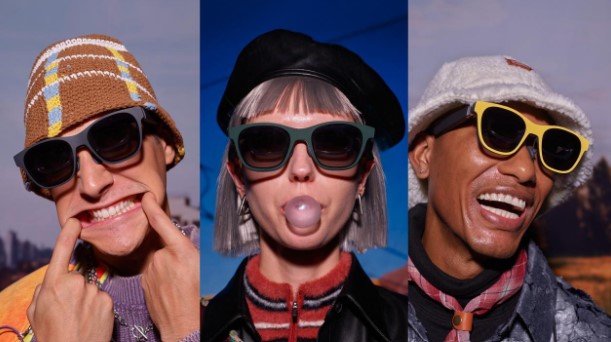
I had a chance to sit down with XREAL’s Cofounder, PJ to discuss the new XREAL products, and the first thing I asked him about was his thoughts on the wider AR/VR market in general.
“VR as the world knew it at the end of 2022, I think, is over. As soon as you start bringing video see through capabilities into [the product] that's no longer VR as we’ve known it. I think VR is an isolated experience, disconnected from the world. [VR headsets aren’t] really like everyday devices … I think in that sense the standalone VR goggles will remain more or less like gaming devices.
So the real thing is VST (visual see through), right? Apple Vision Pro is VST, the Meta Quest 3 is VST. Now, we are [doing] OST (optical see through) video … we are going after the same thing. I think the industry is so early right now, I don’t think the word “competition” applies yet because even though you have multiple product offerings, they come at such different prices. I would like to think that we are all building the industry, as opposed to competing, because nobody understands exactly how this experience will be degined going forward.”
On the subject of VST vs OST, I asked PJ what he considers to be the future of the AR/VR race:
"I think I think they will converge to a point where you can't tell the difference. Think about it. There are some key benefits associated with VST, they record everything and they digitise it. So if they are trying to mix digital with reality, it's a digital to digital meshing. It's much easier. The downside is that in order for that field of view to be there, it's going to have to look like a goggles on your face. There's no way you can reduce that down to something small. So the form factor is one thing.
For OST, the pros and cons are pretty obvious too. [The XREAL Air 2’s] look like sunglasses, we don’t make you look like an alien. So I think the form factor is much more fun. I think OST immediately feeds into people's need for a bigger display for gaming or streaming, for working with your laptop, and so on. The downside is that when you are trying to do digital emulation with OST, you are literally mixing the digital with physical, so it's harder, the computation and everything. It's harder to do it perfectly seamlessly.
So long term, AR is really where the mainstream will probably find this most useful, because VR, I think, is very much more entertainment and consumption based.”
I was also curious about how XREAL anticipates people will use the Air 2’s. As they do resemble sunglasses, do they foresee people walking around outside with these on, or are we not there yet?
“The design philosophy, I think it's fair to say we're taking a safe approach. We're conservative approach because the sunglasses form factor is accepted by most people, and for us, working with the technology is challenging enough. I don't want to take another bet on which form factor looks the best.”
To put this to the test, I asked Kathleen Elizabeth, an NHS nurse, and more importantly, someone outside of the tech bubble, what their thoughts were on the glasses.
“They look a little bulky for sunglasses” she remarked, before trying them on and realizing they’re more than just sunglasses. “Oh, is this one of those VR headsets?” I then explained what AR is, and how these glasses connect up to your phone to display content.
“I’m surprised at how small these are for what they can do. I don’t know if I’d wear them out and about, but I can definitely see myself enjoying these at home or on a plane. I don’t think I’d wear them on a bus or train, as I think they’re still too obvious, and I would feel silly using them while opposite people.”
I then asked if she’d be more open to wearing them if they didn’t require a wire to function. “I think if they were more discreet I’d definitely consider wearing them in public.”
So, even with the Air 2 Pro’s being sunglasses-like, they’re still not at the level in which some normal people would feel comfortable using them outside. If this is still an issue for a device as thin and light as the XREAL Air 2’s, Apple’s upcoming Vision Pro and other VR/AR headsets are going to have a real uphill battle to climb.

